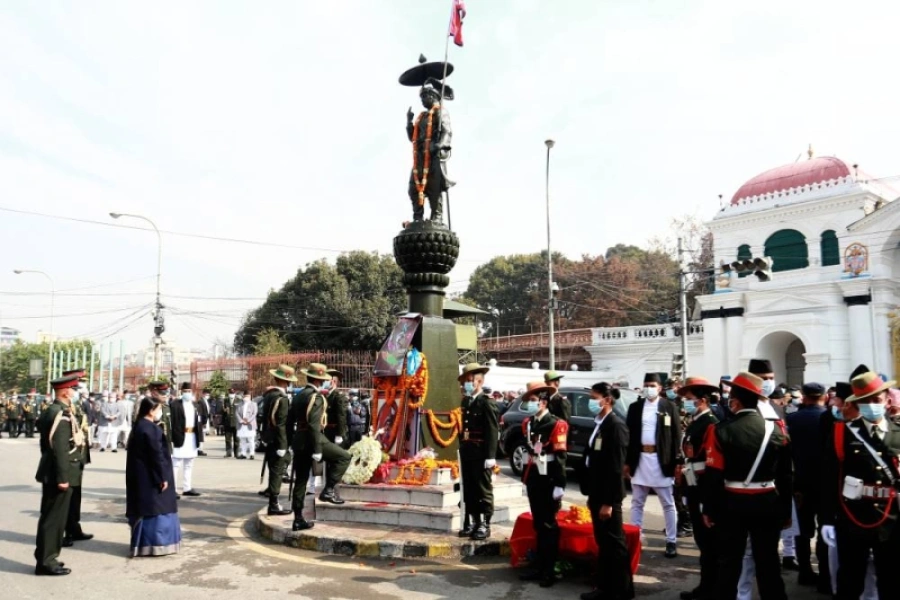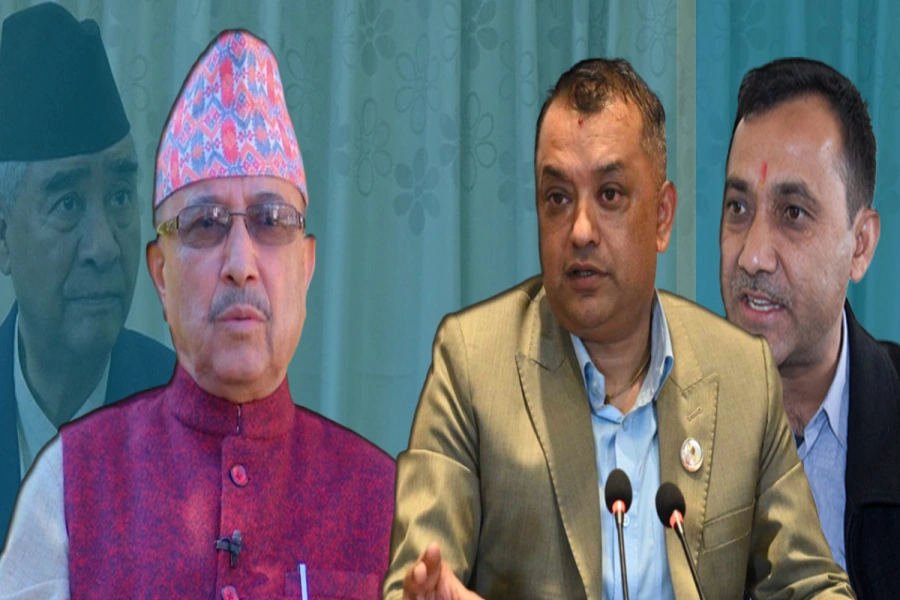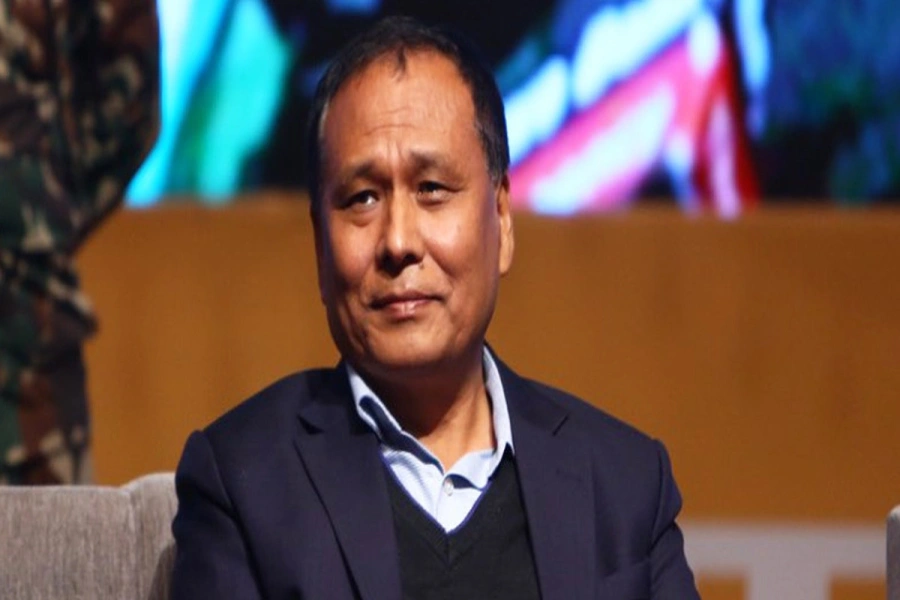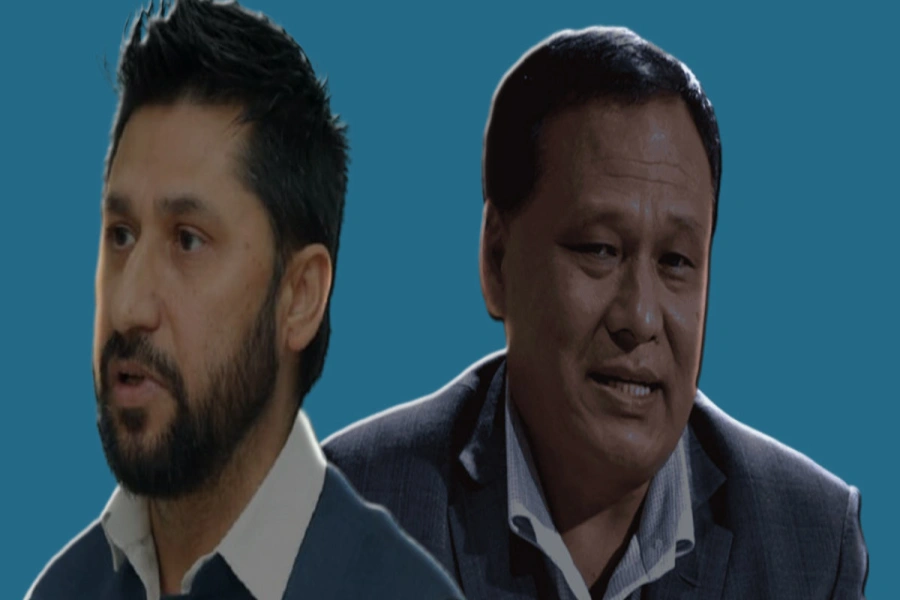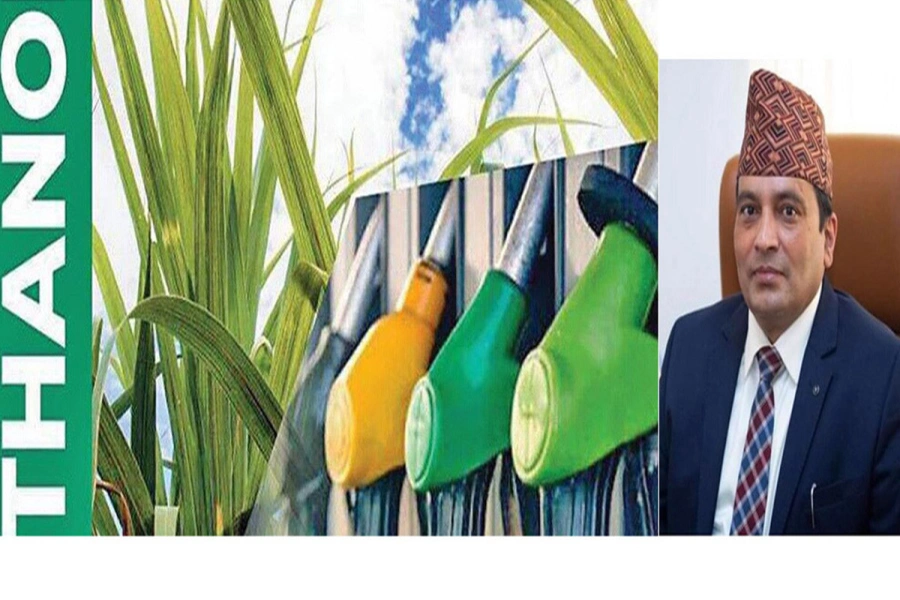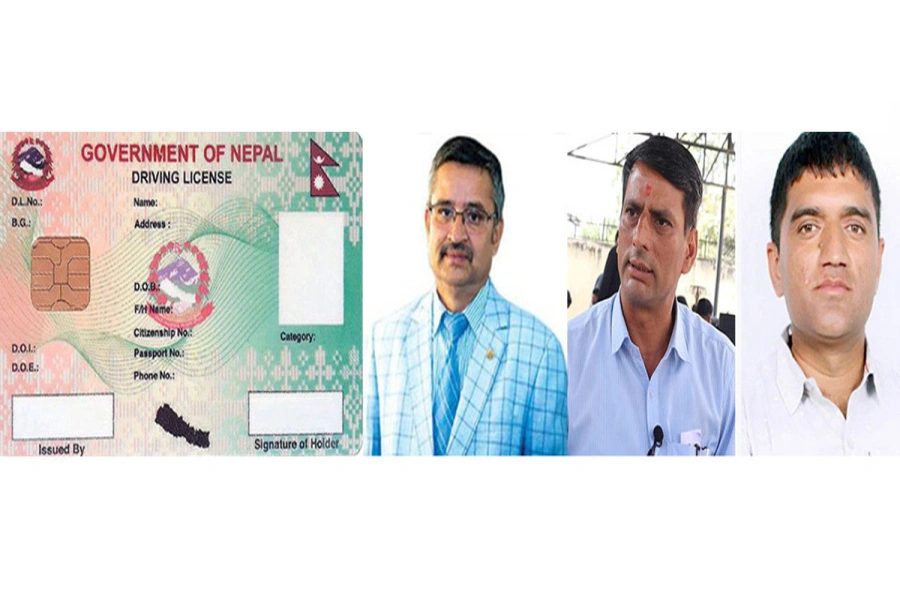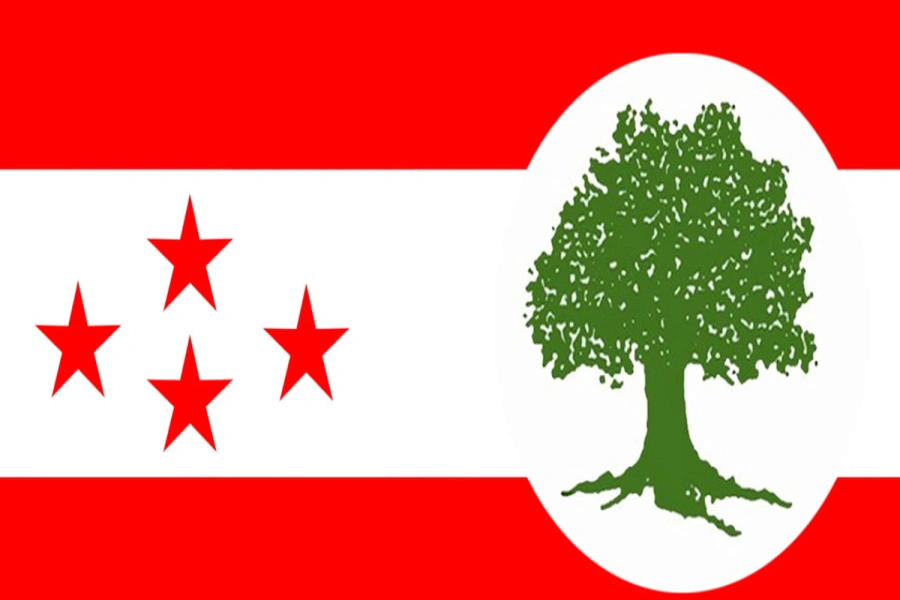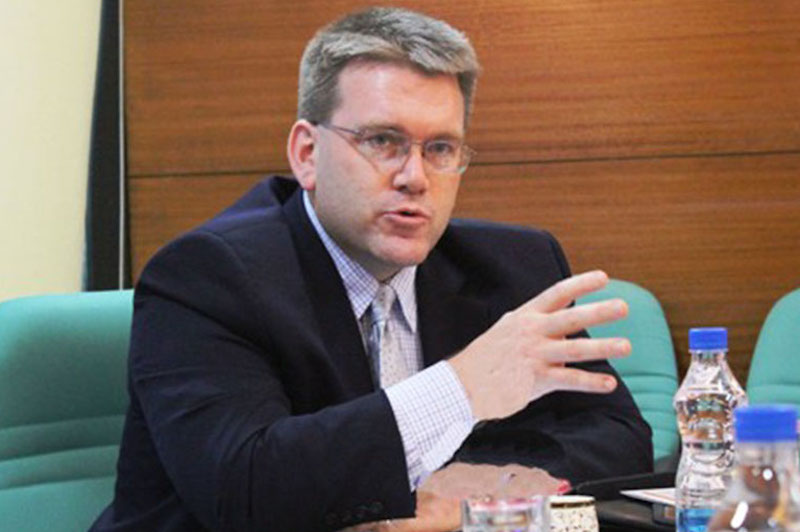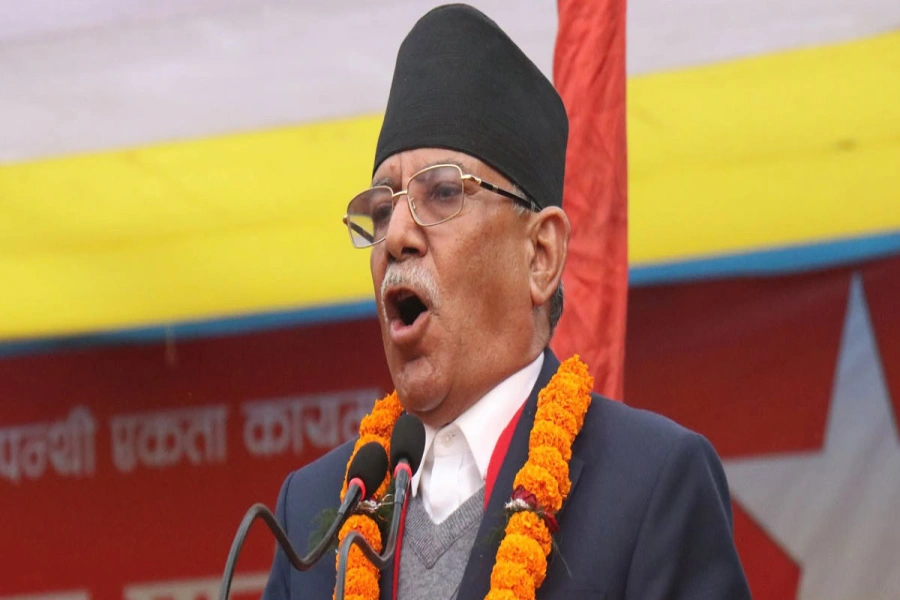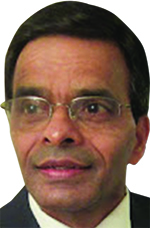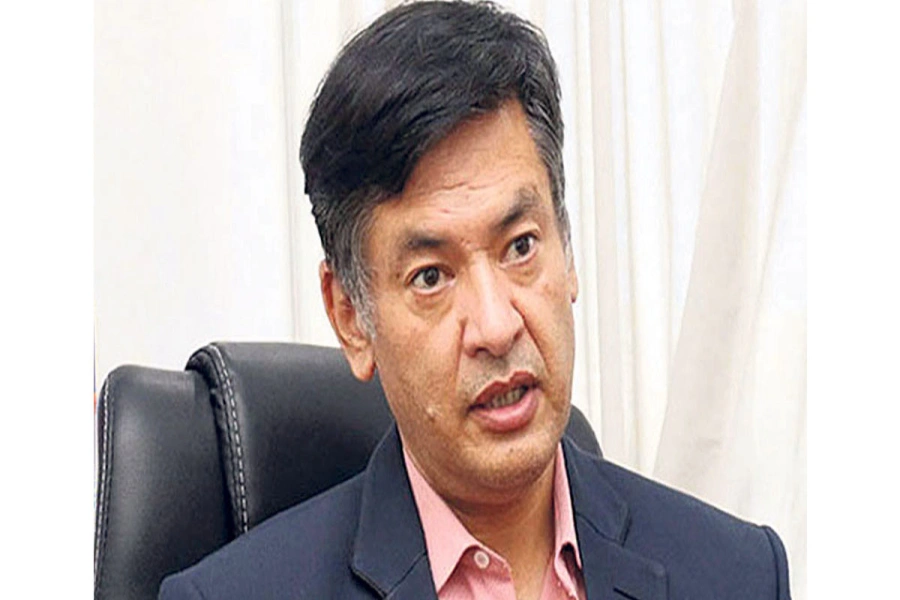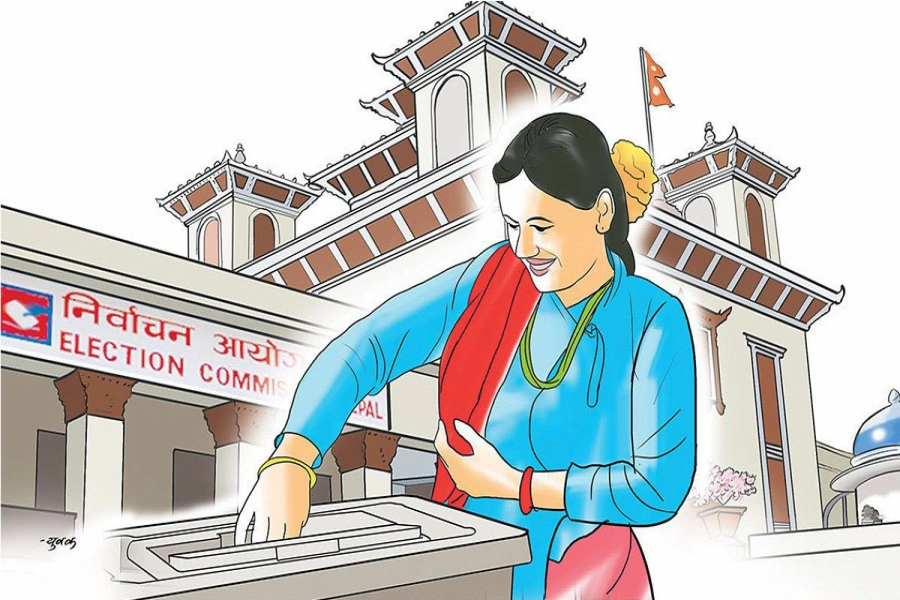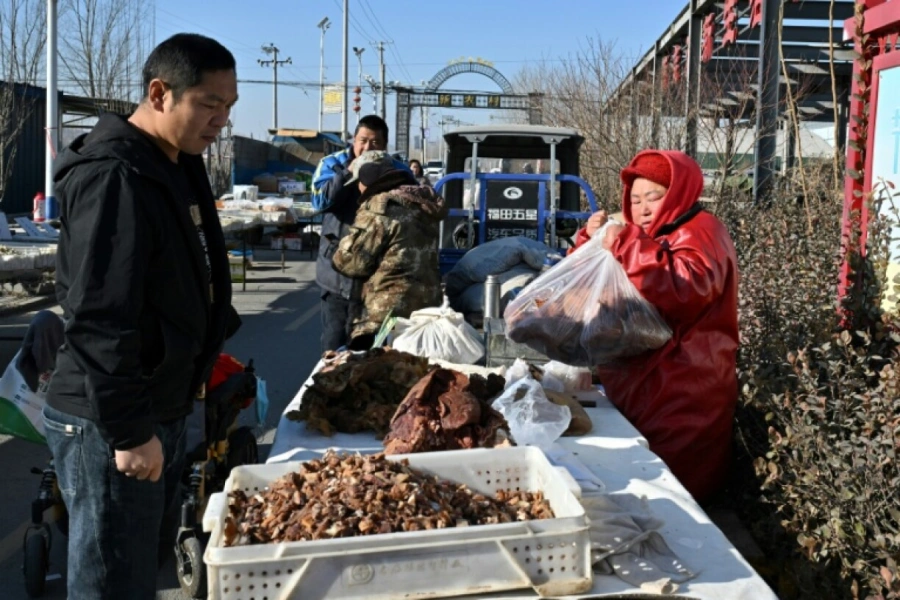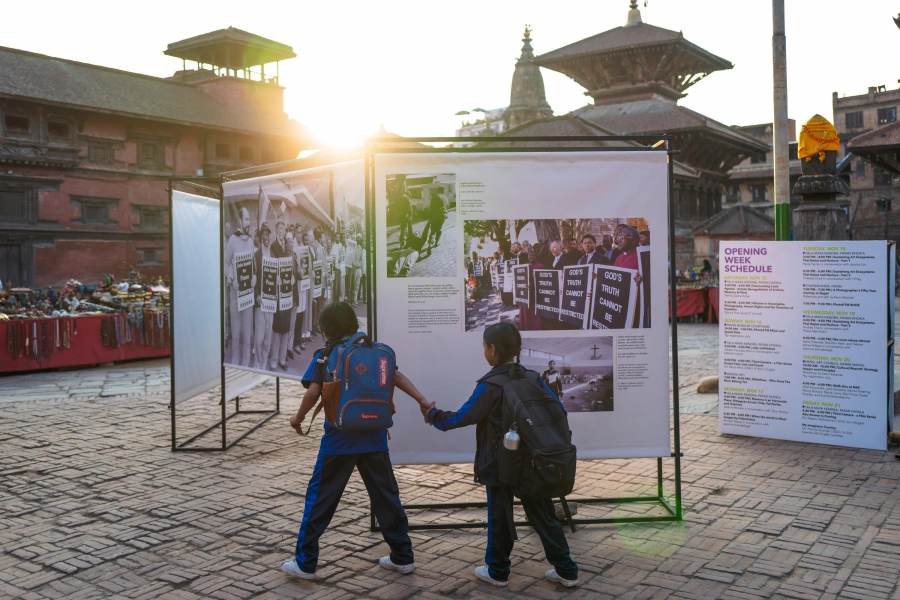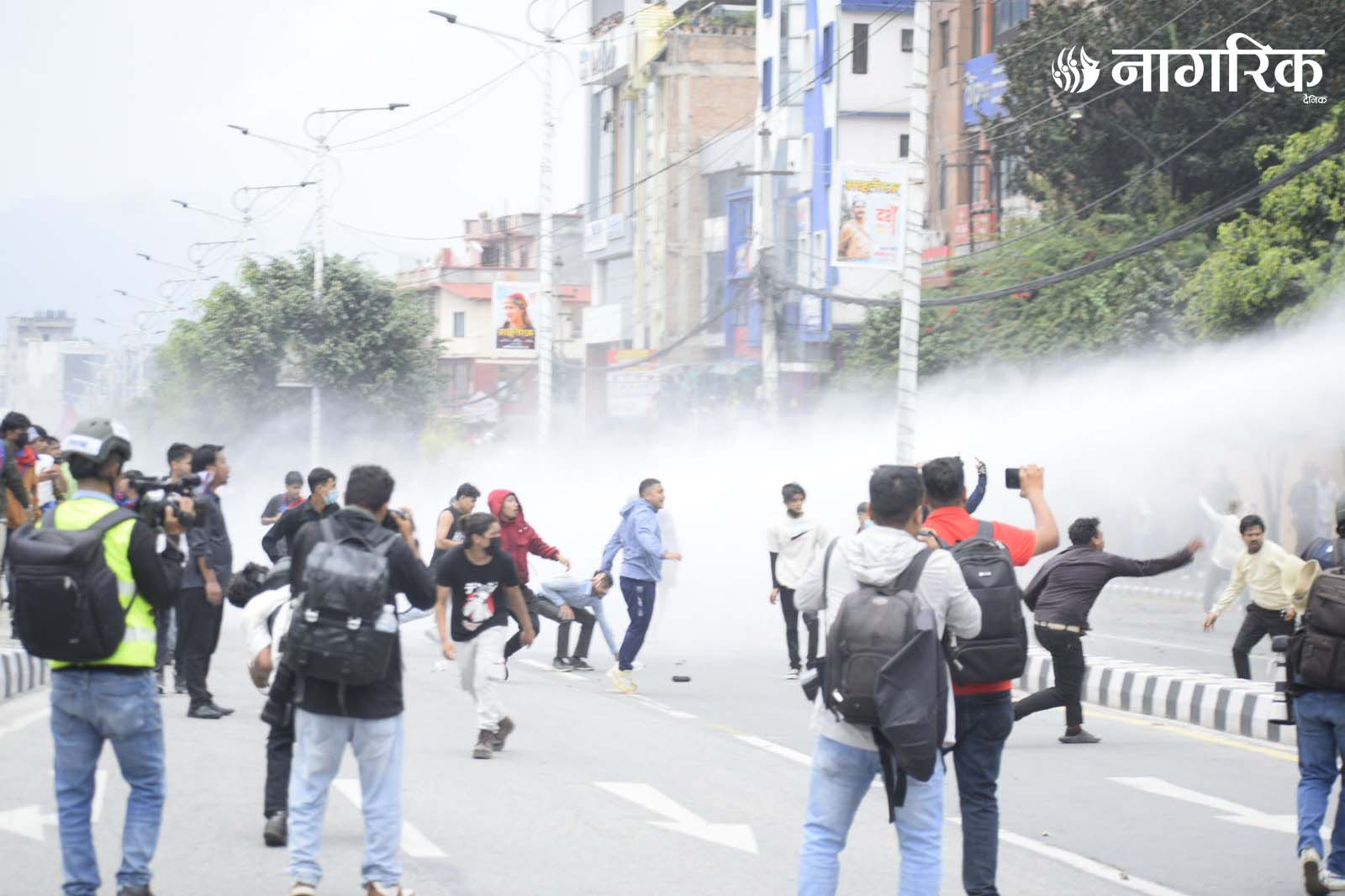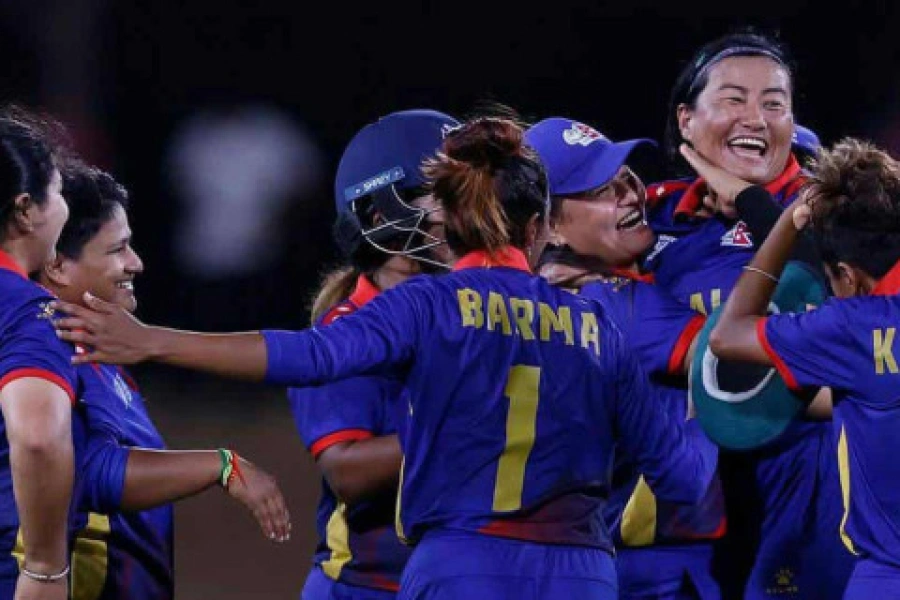The 8th Session of the Global Platform for Disaster Risk Reduction, organized by the UNDRR in Geneva, Switzerland, recently concluded with strong calls for partnerships to deliver more and better results. Many international and national organizations working in Nepal, including UNOPS, showcased their work on disaster risk reduction to a global audience. The Government of Nepal was represented by Joint Secretary Dr. Bhishma Kumar Bhusal, who shared the devastating impact of earthquakes in Nepal on people and infrastructure, and emphasized a multistakeholder, coordinated approach to recovery and rebuilding.
In the aftermath of the 2015 earthquake, the Government of Nepal worked closely with various development partners, including UNOPS, which supported the reconstruction of housing and other critical infrastructure. These efforts helped build back better, embedding the principle of “leaving no one behind” in earthquake-affected areas.
On a personal note, I have heard stories of the 1934 earthquake, felt the tremors of the 1988 quake as a young man, and experienced the Gorkha earthquake of 2015 as a development professional. As we mark a decade since that devastation, we must also reflect on the development that followed. Of the three major earthquakes in Nepal’s living memory, the 2015 event stands out for me because I was directly involved in the recovery and reconstruction processes.
The 2015 Gorkha Earthquake, measuring 7.6 on the Richter scale on April 25, followed by a powerful aftershock on May 12, brought both anguish and hope. The anguish stemmed from Nepal’s geographical vulnerability to seismic activity, while the hope came from the global goodwill extended to Nepal and the incredible unity of the Nepali people, who volunteered to help one another through the crisis.
Five years after the 2015 earthquake, Gorkha stands strong

The 2015 earthquake, which claimed 9,000 lives and destroyed 700,000 houses, became a watershed moment for digital philanthropy—from organizing online fundraising campaigns to mobilizing digital volunteers for immediate reconstruction. Tent-sharing, rent-lowering, and other acts of kindness emerged not from profit motives but from a deep sense of humanity. I was honoured to contribute digitally, physically, financially, and morally to support earthquake victims.
Professionally, our team was deeply engaged in earthquake-related work. I was a key part of UNOPS’s reconstruction and rebuilding efforts and had the opportunity to hear firsthand accounts from those directly affected. One such story is that of Deepshikha Dahal from Likhu Rural Municipality, Nuwakot. She was attending a bridal function when the earthquake struck, sending clouds of dust and smoke into the air. Upon returning to her house, she recalled, “As soon as I reached my house, I realized there were major cracks in the walls. The house wasn’t totally damaged, but the cracks made it unsafe to live in.”
Bhuwan Raj, a medical professional at a local hospital in Bidur Municipality, Nuwakot, couldn’t attend to regular patients in the aftermath. “Most of our medical equipment was buried as the tremors turned the hospital into rubble,” he shared with UNOPS. “However, we tried to treat incoming patients with whatever we could find and assembled first aid kits from the remaining supplies.”
Yama Tamang, another survivor, expressed her pain to UNOPS: “My life has been very gloomy and cold, but I know my sun will shine.” Stories like these, especially from those who lost loved ones, are heartbreaking.
Collaboration was a key success factor in managing post-disaster reconstruction. The government partnered with key development actors, and the engineering, data-driven, and owner-led reconstruction initiative helped raise awareness of earthquake safety—not just in terms of building design but in public consciousness. Community-level outreach, including street dramas about safe housing, construction grants, and partner collaboration, proved highly effective.
Beyond managing grants, I witnessed a transformation in Nepal’s reconstruction and engineering landscape. UNOPS played a crucial role in building local capacity—training over 4,000 engineers and masons across earthquake-affected districts. We introduced technologies like VR visualization, geo-tagging for documenting damaged homes, and mobile tools, all during a political and humanitarian crisis in one of the world’s most inaccessible regions.
An equally important achievement was the empowerment of women. As homes were rebuilt, confidence and opportunity were also restored. Apsara, one of the women trained through our program, told us, “Women in this village didn’t go out to work before. But now, after learning masonry, we feel confident we can take our skills beyond this village.” What began as a recovery effort evolved into a platform for women’s economic participation and independence—laying foundations in both stone and equity.
Local engineers and masons were also trained in retrofitting techniques, enabling communities to strengthen existing homes at lower costs while ensuring resilience against future shocks. Many women acquired skills they never imagined possible, enabling them to contribute to their family’s finances. These individuals now form the core of Nepal’s safer, more resilient infrastructure.
This account, both personal and professional, reflects a broader narrative—one of devastation and development. It highlights the importance of national and international collaboration during crises, while emphasizing the power of community-based, community-led approaches in building long-term resilience.
The most important takeaway? The absolute necessity of investing in local communities and governments, working in close coordination with Nepal’s National Disaster Risk Reduction and Management Authority (NDRRMA), which leads all national and international humanitarian efforts. UNOPS continues to work closely with NDRRMA in post-disaster reconstruction efforts, including for the recent Jajarkot earthquake.



